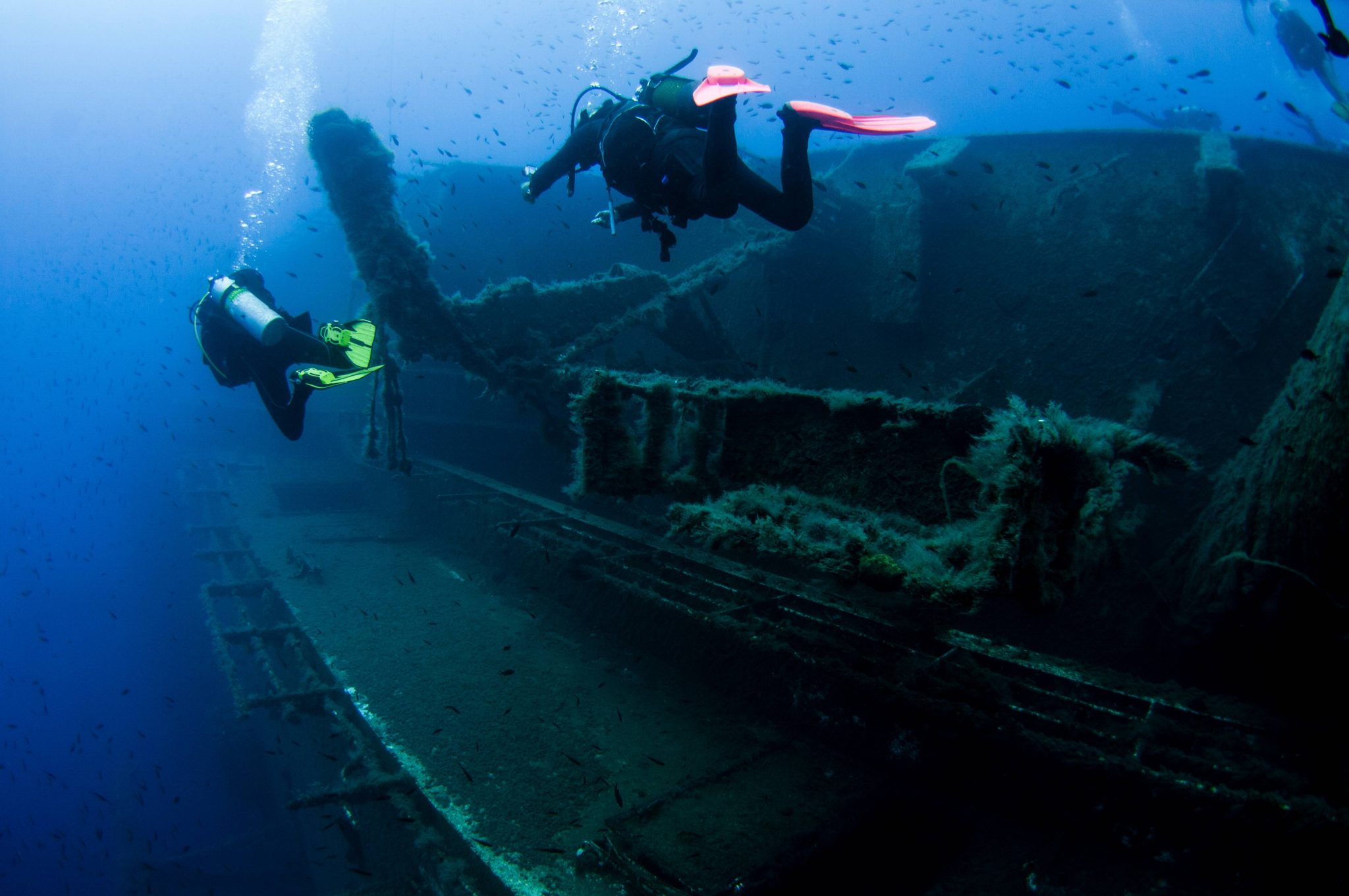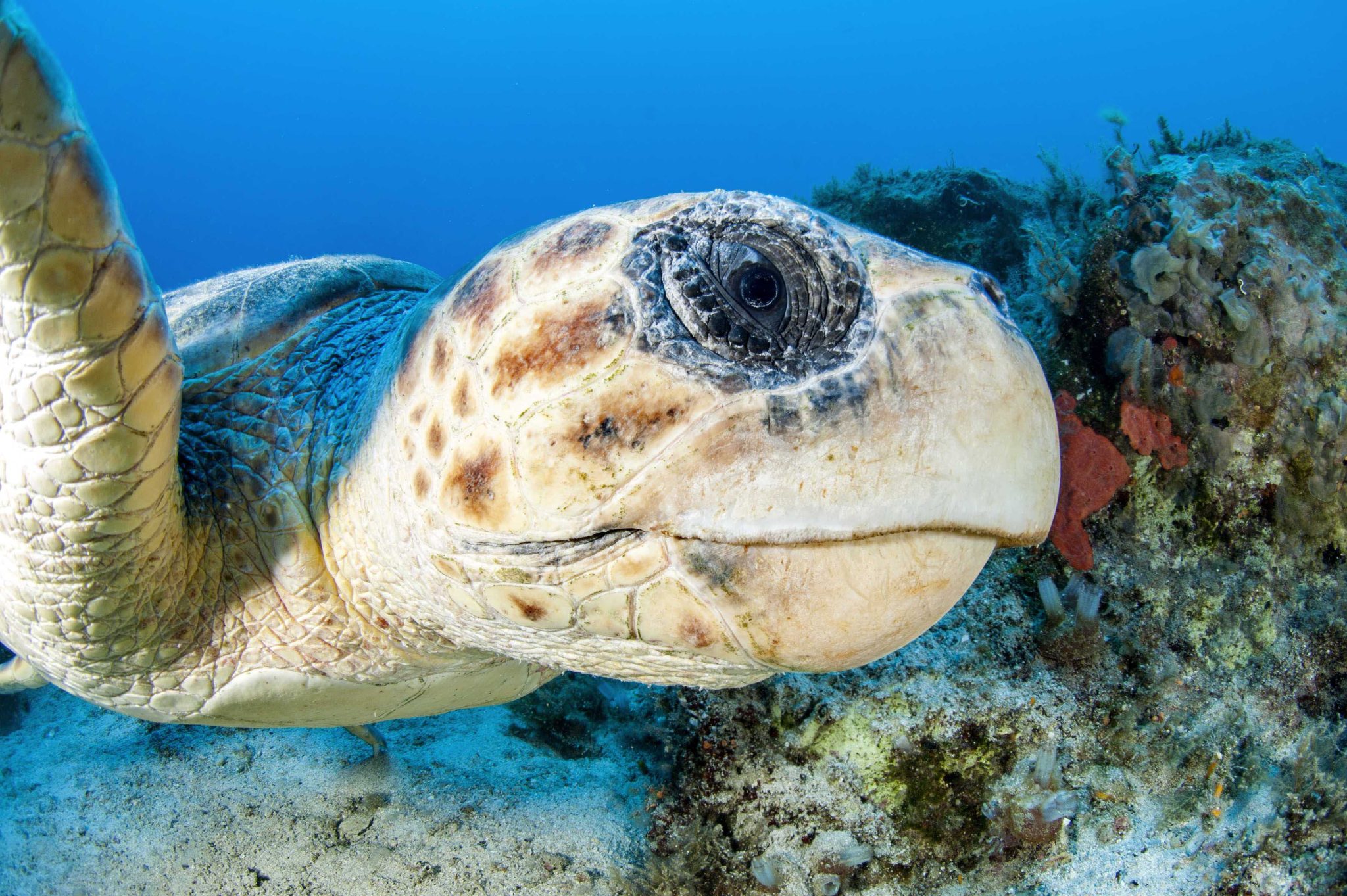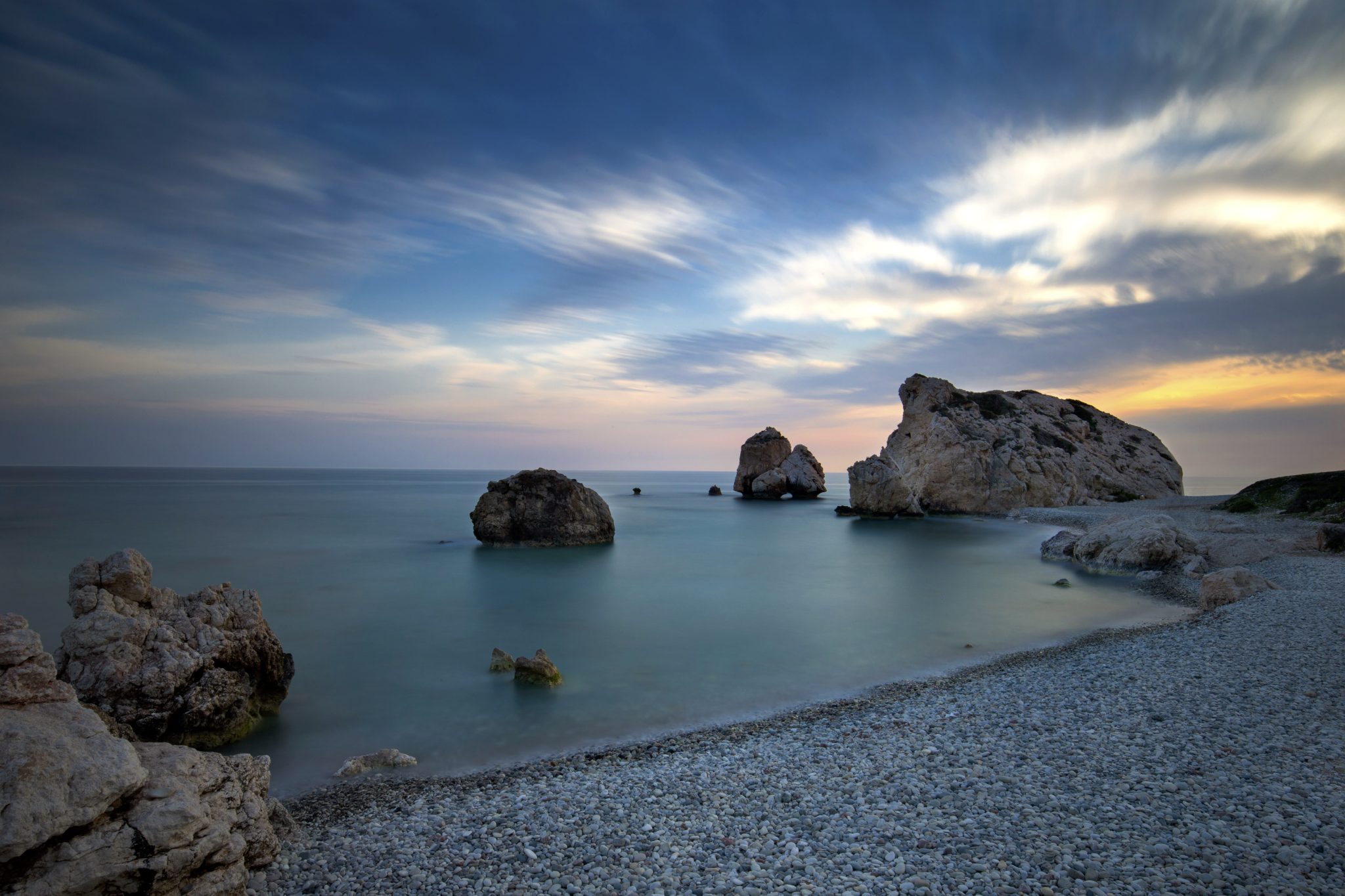Dive & Snorkel with Coral Bay Divers and unleash Your Underwater Passion with new Adventures! Discover the fascination of the ocean with Coral Bay Divers, your premier Scuba Diving Centre, situated in the heart of Coral Bay, near Paphos on the beautiful island of Cyprus. Whether you are a novice adventurer or an experienced diver aiming for the highest instructor Read more...


Overview
Fact File
| Capital | Nicosia |
| Population | 1,224000
|
| Languages | Greek, Turkish |
| Time | GMT +2
|
| International Dialling Code | +357 / +90392
|
| Currency | Euro € (EUR) / Turkish Lira (TRY)
|
| Air temperature (average) | 13°C – 28°C |
| Water temperature (average) | 18°C – 28°C |
| Tourist Board | |
| International Airports | Larnaca International Airport (LCA), Nicosia (NIC), Paphos (PFO) and Ercan (ECN) |
About The Diving
The favourable conditions and good visibility give Cyprus a long diving season. The range of wrecks, topography and underwater history mean plenty to discover. From shallow, clear warm water sites great for beginner courses to deeper sites suited to technical diving, Cyprus has a bit of everything and diving for everyone.
Photos: Avalon.Red
Video
Dive Highlights
Zenobia
The Swedish RORO Ferry, MS Zenobia sank in 1980 and is a truly striking sight. The Zenobia is a very large wreck (172m long and 28m wide) lying on her side in 42m of water. The top is at 16m and with both the wreck and cargo still intact it is an extremely popular dive. There are more than 100 trucks still inside the cargo deck. As a deeper dive, care must be taken and it usually takes several dives to truly explore this site.
Amphora Caves, Paphos
This dive site is an area of archeological importance and comprises of several caves. The site is littered with broken bits of amphorae, which are ancient ceramic pots. For divers with an interest in archeology, this is a must do dive and is suited to all, with a max depth of 12m.
Green Bay, Protaras
This popular site is a great dive for all levels, Green Bay is a 10m dive with a feeding station called “The Fish Rock”, teeming with life and a sculpture park featuring statues and columns. Ancient pottery is scattered around the site along with turtles munching on the surrounding seagrass.
Limassol Wrecks
The Lady Thetis was purpose sunk in 2014 as an artificial reef; this German boat is close to the coast at Limassol and is in 18m of water. The Soviet Union bottom trawler Consdandis lies in 24m of water and was also scuttled in 2014.
Limassol is also home to a wall dive for the more experienced divers; Jubilee Shoals features drop off and tunnels on an underwater cliff face.
Devils Head, Akamas
Caves, interconnecting tunnels and intricate rock formations make for an interesting dive, with plenty of marine life. This site on the wilder western coast is well worth a trip. Both Green and Loggerhead Turtles are present in the summer months.
When To Go
Cyprus is diveable year round, with winter water temperatures of 18°C on average. Summer is the main tourist season, the weather and water are warmest in July and August and also this also coincides with the turtle season. For those who prefer cooler land temperatures or visiting outside the main season, the shoulder seasons, May, June, September and October, will bring some relief from the peak summer heat while still being warm and dry.















